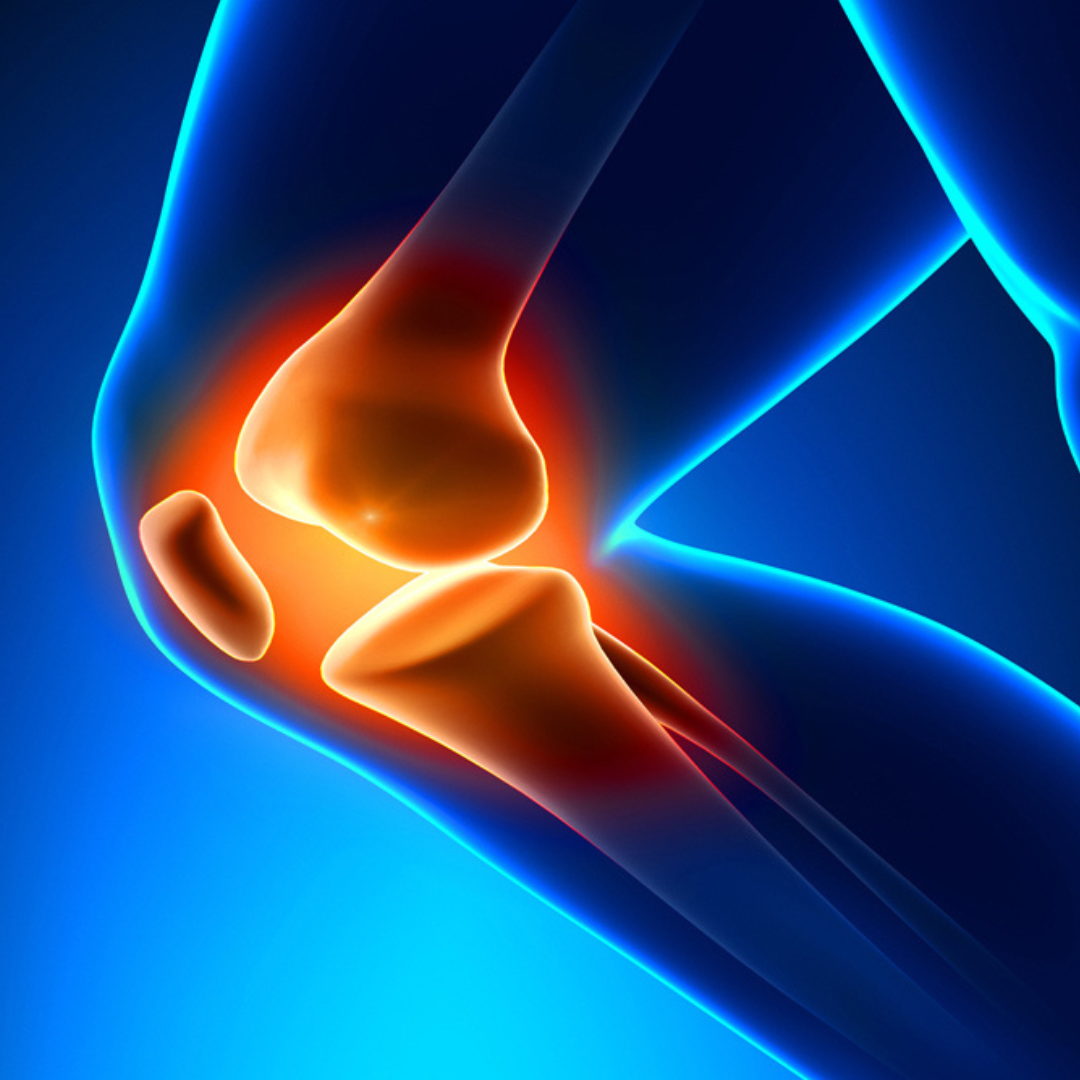A knee replacement may be indicated based on an orthopaedic surgeon's evaluation of your knee's
strength, stability, and range of motion. X-rays are useful in assessing the degree of damage.
Based on your age, weight, activity level, knee size and shape, and general health, your doctor
can select from a range of knee replacement prostheses and surgical approaches.
Total Knee Replacement
During a surgical operation called a total knee replacement, the damaged knee joint is replaced
with artificial material. As a hinge joint, the knee allows for movement where the thigh and
lower leg converge. At the knee joint, the tibia—the main bone of the lower leg—abuts the
thighbone, or femur. The end of the femur bone is removed and replaced with a metal casing
during a total knee replacement. Additionally, the tibia, the end of the lower leg bone, is
removed and replaced with a plastic piece that has a metal stem and channels in it. A plastic
"button" under the kneecap surface may also be added, depending on the state of the kneecap
section of the knee joint.
The tissue known as the posterior cruciate ligament is responsible for stabilising both sides of
the knee joint, preventing the lower leg from sliding backward in respect to the thighbone. When
undergoing total knee replacement surgery, a polyethylene post is used to either replace,
sacrifice, or preserve this ligament. Every one of these different total knee replacement
designs has unique advantages and disadvantages.
Partial Knee Replacement
a single faulty knee component replaced during a partial knee replacement procedure in Delhi. It
has the ability to replace the kneecap, the outside (lateral) part, or the inner (medial) part
of the knee. Total knee replacement refers to surgery to replace the entire knee joint.
Damaged knee joint bone and tissue are removed during partial knee replacement surgery. When
only a portion of the knee is affected by arthritis, it is treated. Prosthetic implants, which
are manufactured implants, are used to replace the damaged parts. Your remaining knee is intact.
Smaller incisions are typically used for partial knee replacement procedures, which shortens the
recuperation period.
You will be given anaesthesia, or painkillers, before to surgery. You are going to receive one of
two forms of anaesthesia:
- General anaesthesia. You will be asleep and pain-free during the procedure.
- Regional (spinal or epidural) anaesthesia. You will be numb below your waist. You will also
get medicines to make you relax or feel sleepy.
- The surgeon will make a cut over your knee. This cut is about 3 to 5 inches (7.5 to 13
centimetres) long.
- Next, the surgeon looks at the entire knee joint. If there is damage to more than one part
of your knee, you may need a total knee replacement. Most of the time this is not needed,
because tests done before the procedure would have shown this damage.
- The damaged bone and tissue are removed.
- A part made from plastic and metal is placed into the knee.
- Once the part is in the proper place, it is attached with bone cement.
- The wound is closed with stitches.

